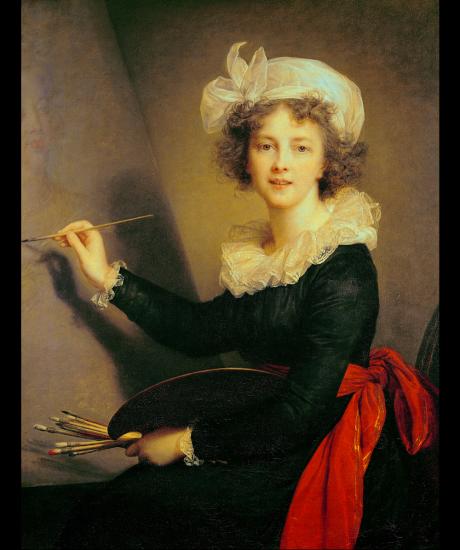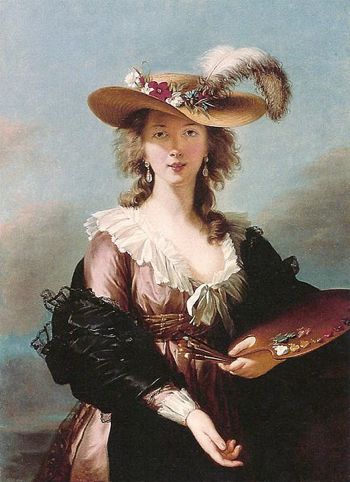

In 1774, she was made a member of the Académie. After her studio was seized for her practicing without a license, she applied to the Académie de Saint-Luc, which unwittingly exhibited her works in their Salon. He wore his clothes, just as they were, without altering them to fit his figure." During this period, Élisabeth benefited from the advice of Gabriel François Doyen, Jean-Baptiste Greuze, and Joseph Vernet, whose influence is evident in her portrait of her younger brother, Étienne Vigée (1773).īy the time she was in her early teens, Élisabeth was painting portraits professionally. In her memoir, Vigée Le Brun directly stated her feelings about her step-father: "I hated this man even more so since he made use of my father's personal possessions.

In 1768, her mother married a wealthy jeweler, Jacques-François Le Sèvre, and shortly after, the family moved to the Rue Saint-Honoré, close to the Palais Royal. Her father died when she was twelve years old. In 1760, at the age of five, she entered a convent, where she remained until 1766. Her mother, Jeanne (née Maissin) (1728–1800), was a hairdresser. In addition to many works in private collections, her paintings are owned by major museums, such as the Louvre, Hermitage Museum, National Gallery in London, Metropolitan Museum of Art in New York, and many other collections in continental Europe and the United States.īorn in Paris on 16 April 1755, Élisabeth Louise Vigée was the daughter of a portraitist and fan painter, Louis Vigée, from whom she received her first instruction. Vigée Le Brun left a legacy of some 660 portraits and 200 landscapes. She enjoyed the patronage of European aristocrats, actors, and writers, and was elected to art academies in ten cities. Vigée Le Brun created a name for herself in Ancien Régime society by serving as the portrait painter to Marie Antoinette. Her subject matter and color palette can be classified as Rococo, but her style is aligned with the emergence of Neoclassicism. Her artistic style is generally considered part of the aftermath of Rococo with elements of an adopted Neoclassical style. She created more than 600 portraits, a considerable proportion of her total oeuvre of 800 paintings.

Élisabeth Louise Vigée Le Brun (16 April 1755-30 March 1842), also known as Madame Lebrun or Madame Le Brun, was a prominent French portrait painter of the late eighteenth century.


 0 kommentar(er)
0 kommentar(er)
